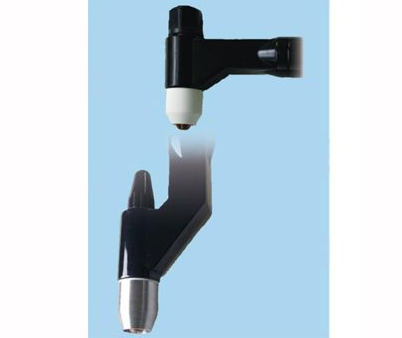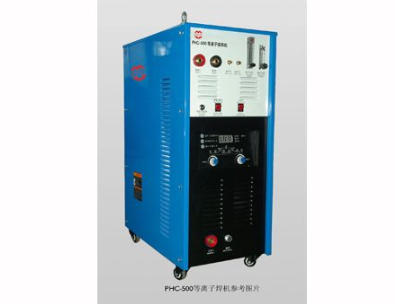Similar to the TIG welding process, plasma arc welding (PAW) offers a high-quality method of joining metal parts. This is another arc welding process that uses a non-self-consuming electrode, just like tungsten inert gas welding (TIG), making them similar processes. It creates an electric arc between the electrode and the workpiece.
Plasma arc welding (PAW) agglomeration is generated by the heat gained from the contraction arc device between the tungsten electrode and the contraction nozzle, which is a non-transfer arc. It can also be between a tungsten/alloy tungsten electrode and the workpiece, which is a transfer arc. The process is capable of using two inert gases, one to form an arc plasma and the other to form a shield against the arc plasma. As with TIG welding, filler metal may or may not be added.
The principle of PAW
Plasma arc welding is basically an extension of gas-shielded metal tungsten welding (GMAW or TIG). Both welding processes typically use non-consumable tungsten electrodes to deliver electrical power to the torch and orifice gas. The orifice gas represents most of the differences between the GMAW welding process and the PAW welding process. the design of the PAW torch tube allows orifice gas to accumulate in a chamber at the end of the torch tube.

Plasma Arc Welding Torch
An electric arc heats the orifice gas to nearly 30,000 degrees Fahrenheit. At this point, the orifice gas becomes plasma and exits through a narrow opening at the end of the torch. As with GMAW, the shielding gas surrounds the weld pool to create an inert environment to keep the pool clean and free of oxygen, which can cause the metal to rust.
PAW welding is said to be a step up from TIG welding. In TIG welding, the open arc is protected by argon and helium, but in plasma, specialized torches, a nozzle is used to push the arc and the shielding gas separately into the torch. The arc is pushed by a water-cooled, small diameter nozzle that shrinks by squeezing the arc, increasing the temperature, pressure, and intense heat of the arc and helping to improve the stability of the arc.
As mentioned earlier, the PAW arc is formed by two types of gas flow: tube cavity flow and turbulent flow. The tube cavity flows at low pressure and low flow of plasma gas, which is used to ensure that the molten metal is not blown out of the weld zone. At the same time, the turbulent flow flows under high pressure and high plasma gas stream. These gases are argon, helium, hydrogen, or possibly a mixture of them.

Plasma Arc Welding Machine
Components and equipment
The following are the components of plasma arc welding.
Current and gas attenuation control: for proper closure of the lock hole when terminating the weld in the structure.
Fixture: helps to avoid atmospheric contamination of molten metal under bending.
High-frequency generator and current limiting resistor: for arc initiation. Its arc starting system can be separate or built into the system.
Plasma torch.
Power supply: It uses a DC power supply, generator, or rectifier.
Protective gas: It uses two inert gases or gas mixtures.
Voltage and current: This is required for contour welding.
Plasma arc welding machine.
Applications
Microplasma welding is traditionally used for welding thin plates of at least 0.1 mm thickness as well as wire and mesh sections. It is used in the marine and aerospace industries. Plasma arc welding is used to weld pipes as well as stainless steel and titanium tubes. It is a good choice when repairing tools and molds. This welding process is also used for welding and coating turbine blades. Finally, plasma arc welding is widely used in the electronics industry.







